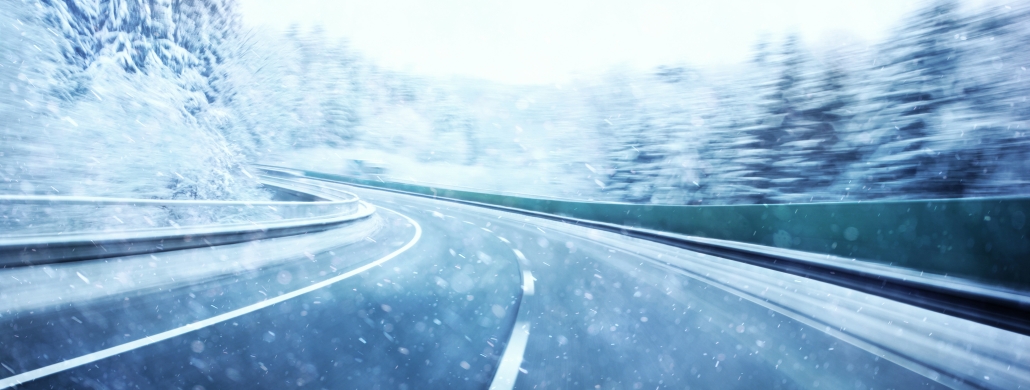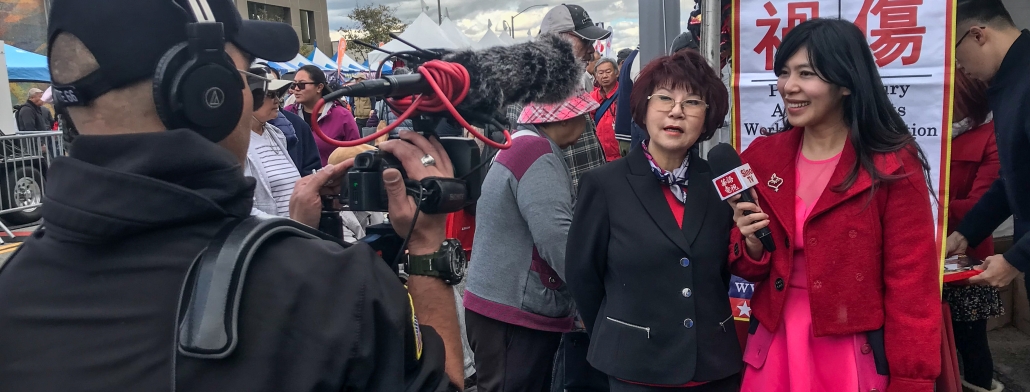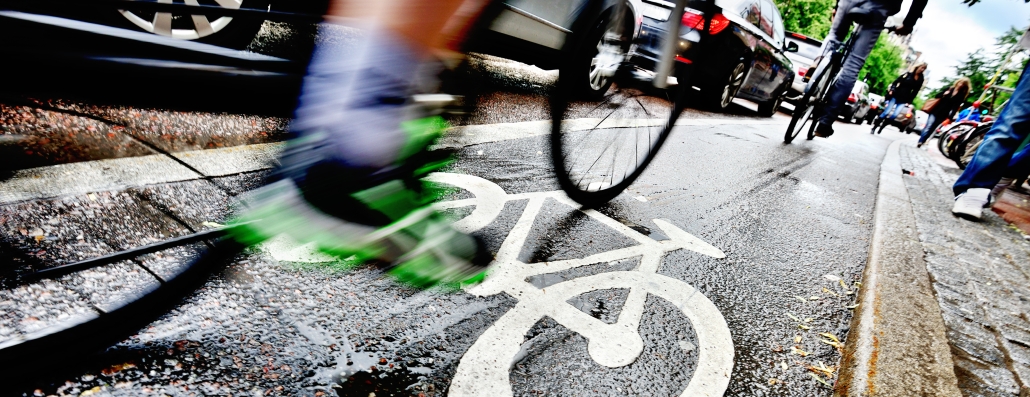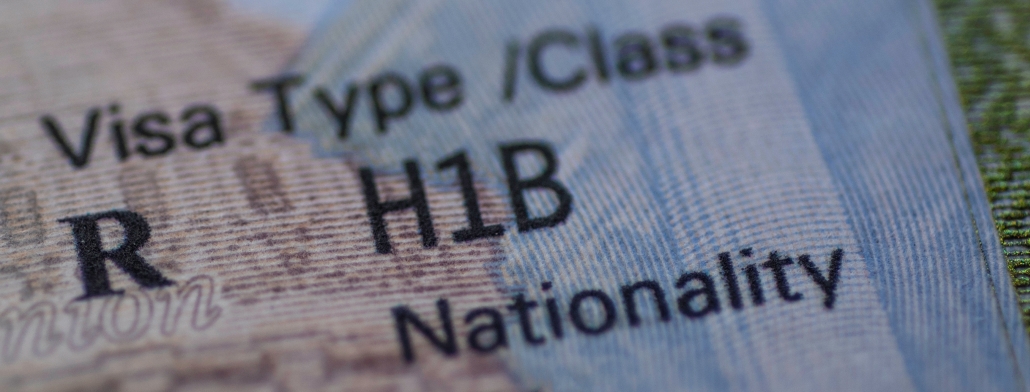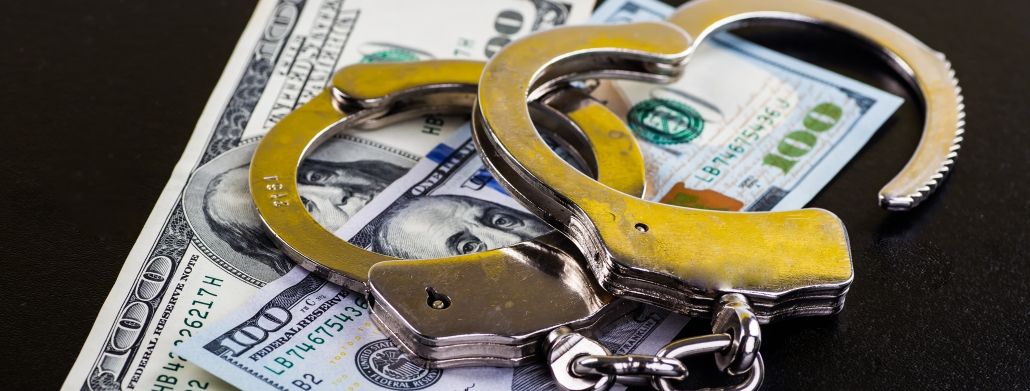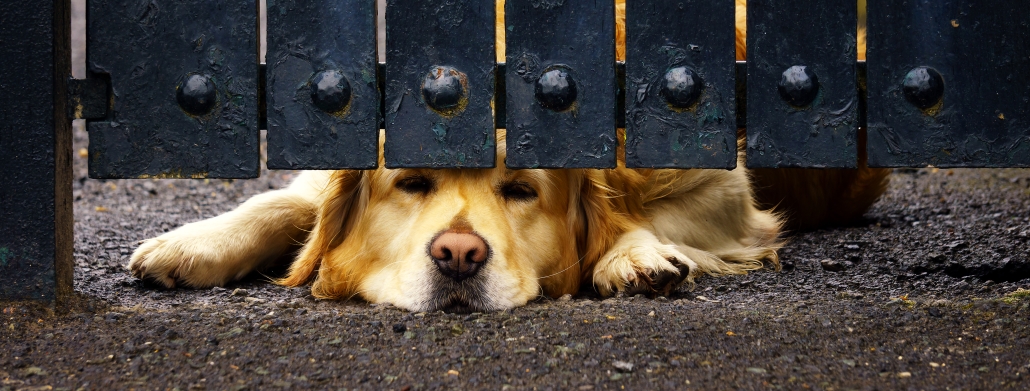[vc_row][vc_column][vc_column_text el_class="the-content"]The dangers of bicycling in the big city are well known. Actions bicyclists can take to protect themselves while bicycling in the big city are less known. The Law Offices of Scott Warmuth has compiled some urban bicycling safety tips that can help bicyclists arrive to their destination safely.
Equip Safety Gear
Wear a Helmet
This tip is a bit self-explanatory. Helmets save lives.
Use Bike Lights and Reflectors at Night
The easier you are to see, the easier it is for other vehicles to spot you. It's actually law in California for bicyclists to have this equipment active on their bicycle at night or in poor visibility weather. You should have a white front light that can be seen from 300 feet, a red rear light or reflector that can be seen from 500 feet, and white or yellow reflectors on your pedals or on all sides of the bicycle.
Wear Reflective Gear, Even During the Day
The more visible you appear on your bicycle, the more likely it is that vehicles will recognize you and react properly.
Pretend You Are a Car
Follow All Traffic Signals
Many bicycles crashes occur because the rider ignores or overlook traffic devices. Bicycles are required by law to stop at stop signs, yield at yield signs, stop at stop lights, and generally obey all the rules of the road. Just like a car could cause an accident by not stopping at a 4-way stop sign, so too can a bicyclist.
Always Travel With the Flow of Traffic
Biking on the wrong side of the road is not only against the law, but it is also not safer. According to studies, it is in fact three times more dangerous. Why? One big reason is that drivers have no expectation that a vehicle will be driving on the wrong side of the road. If a car is turning right, the driver is likely looking to the left to check for oncoming traffic, not to the right, where a wrong-way biker is. Biking on the wrong side of the road can also lead to more severe accidents. Let's say a car is driving 30 mph and a biker is biking 20 mph. If the biker is going with the flow of traffic, an accident would be a rear end impact of 10 mph. If the biker is going against traffic, a crash would be a head-on impact of 50 mph.
Do Not Bike on Sidewalks
Similarly to not biking against the flow of traffic, bicycles on sidewalks are not immediately visible to cars driving on the road, cars turning at intersections, or cars backing out of parking spaces or driveways. It's also a danger to pedestrians and illegal in most areas. According to studies, biking on the sidewalk is at least twice as dangerous as biking on the road.
Assumed that Drivers Do Not See You
Avoid Blind Spots
If you are biking in another vehicle's blind spot, they cannot see you, nor react to you. Even if you're in a designated bike lane, it's best to be in a position where a vehicle that may need to turn can recognize you.
Avoid Passing on the Right
For the same reason that it is recommended for cars not to pass big rigs on the right, bicyclists should avoid passing other vehicles on the right. If a vehicle decides to turn right while you are passing it on the right, it will be unlikely that you can avoid a collision. It is much safer to stop behind a line of stopped vehicles than to try and pass them.
Watch Out For Car Doors
When biking, it's almost instinctual to move as far right as possible to create space between your bicycle and other vehicles. However, in an urban setting, this often puts you next to parked cars. Many drivers will not check their rear view mirror before opening their door to exit a vehicle, and if you're biking next to a line of parked vehicles, you could slam into an open door. It seems counter-intuitive, but if there are parked cars on your right, experts recommend biking on the left side of any designated bike lane to avoid these types of accidents.
If you are a bicyclist and have been injured in a collision with another vehicle, if you are not at fault for the crash you may be entitled to compensation. Call the Law Offices of Scott Warmuth for a free injury consultation at 888-517-9888.[/vc_column_text][/vc_column][/vc_row]
